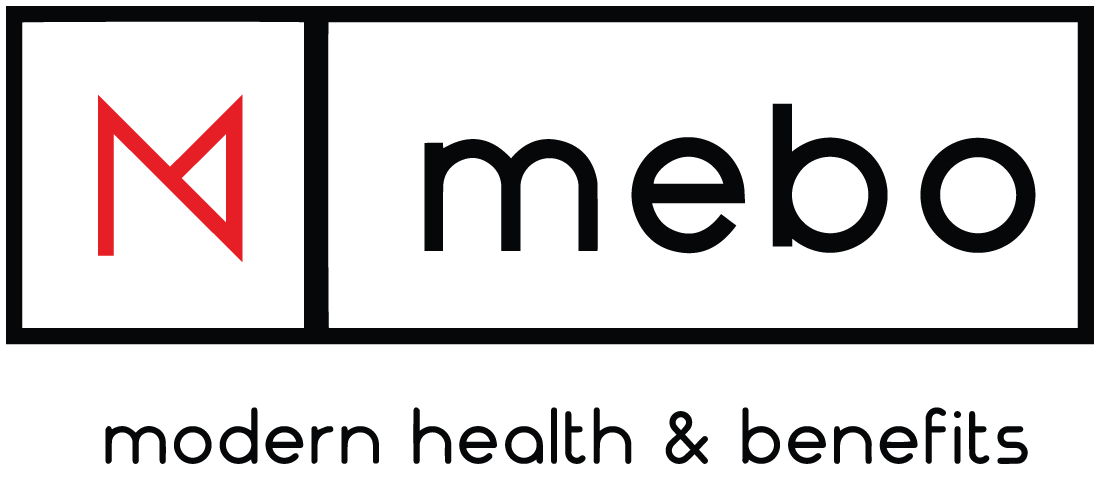Retrieving and Analyzing Claims Data on Fully-Insured Plans
Many employers would like to better understand their healthcare spending. Until recently, it wasn’t easy for companies to retrieve health claims information. Fortunately, technological advances have made it possible for employers to analyze and leverage health program data.
Analyzing Health Program Data
Employers use data analytics to make sense of the large amounts of health program data collected. Using a robust data analytics tool, leaders can view what works and what doesn’t with their existing fully-insured benefits plan. This tool provides employers with the information needed to assess whether other options are the right choice for their organization. This is especially important now, as companies attempt to rebuild and repair budgets after the pandemic.
Using a claims retrieval tool, leaders can quickly and efficiently retrieve and view detailed claim reports in easy-to-understand language and diagrams. These tools make it possible for employees to share their Explanation of Benefits (EOB). This information is crucial in helping leaders better understand how their healthcare dollars get spent. Employers can also use a claims retrieval tool to assess how a level-funded or self-funded plan might help their business.
Although self-funding might not be the best choice for every organization, companies that make the switch to self-funding can save a significant amount of money over time with results as soon as year one. This could help offset rising healthcare costs. Unlike fully-insured plans, companies that take level-funded or self-funded approach enjoy increased transparency and control over their healthcare spending.
Retrieving Financial Reports
Financial reports aren’t typically available to small or mid-size companies. This can make it impossible for leaders to assess risk and create budgets.
In the past, companies had to pay a considerable amount of money to obtain financial reports. Fortunately, claims retrieval software makes financial data accessible to employers regardless of the size of their company. This is excellent news for small to mid-size companies which generally pay 8-18% more than larger firms for the same fully-insured health insurance plans.
An experienced benefits specialist uses claims retrieval software to retrieve and analyze claims data. The software takes employee EOBs and aggregates the data into a cost analysis.
Small to Mid-Size Companies Could Benefit from Speaking with an Employee Benefit Specialist
When armed with the right tools and resources, leaders can reduce healthcare spending and leverage data to improve their benefits program. Employers interested in learning more about healthcare spending should speak with an experienced benefits specialist.
MEBO has years of experience helping organizations customize their benefits plan to meet the unique needs and goals of their organization. Please contact us for more information about our services.






